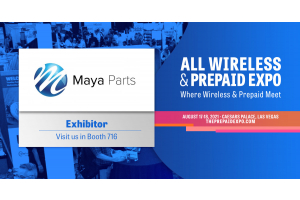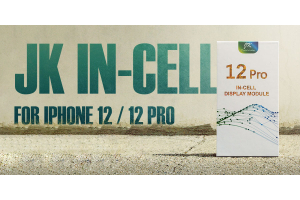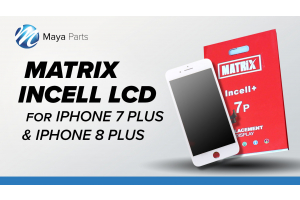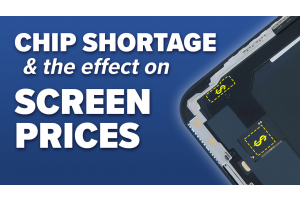We use cookies to make your experience better. To comply with the new e-Privacy directive, we need to ask for your consent to set the cookies. Learn more.
iPhone 12: Three Things You Should Know
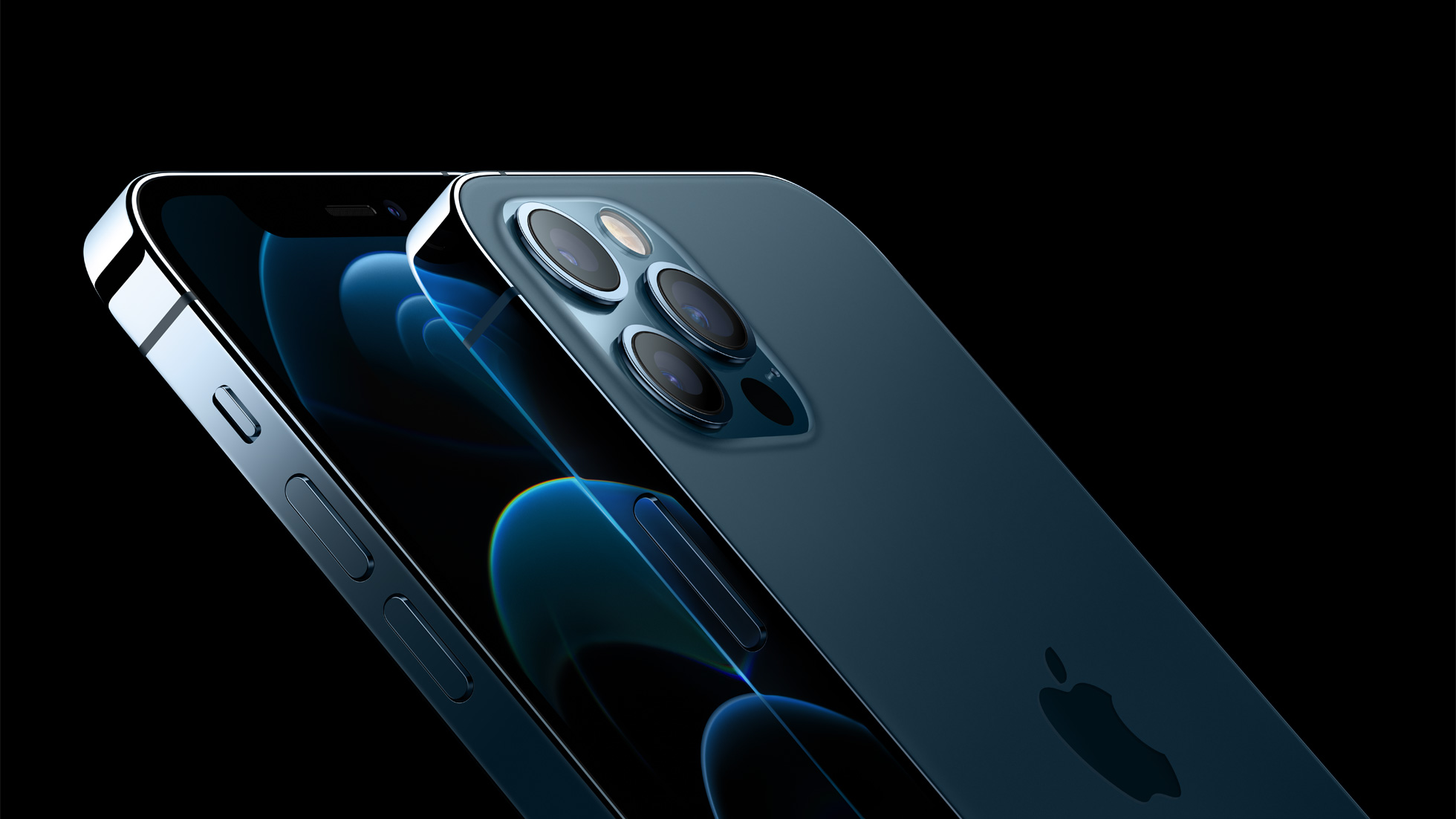
Featured image via Apple
iPhone 12: Three Things You Should Know
You’ve probably heard by now, but the iPhone 12 was just announced last week. And as with every new iPhone, there are plenty of new features and improvements that have the potential to affect our industry (depending on what services or products you offer). However, we’ve singled out three things that we feel are particularly relevant to all repair businesses, regardless of size or specialization. Read on to learn more.
Screen Sizes
Apple has shaken up their dimensions a little this year. The newest kid on the block is the iPhone 12 Mini, which size-wise, sits right between the original SE and the new SE 2020. Unsurprisingly, it’s the smallest iPhone in a long time. On the other end of the spectrum is the iPhone 12 Pro Max, which at a height of 6.33 inches, is actually bigger than last year’s 11 Pro Max (6.22 inches).
But these two phones don’t mean too much for the repair industry. More relevant is the new unified sizing for the iPhone 12 and iPhone 12 Pro, which both feature 6.1 inch screens. This puts them right in line with the iPhone 11 and the iPhone XR, meaning you might be able reuse those same models’ tempered glass- that is, as long as it’s not the edge-to-edge kind. While the iPhone 12 and 12 Pro screen sizes may be the same as previous models, these devices (and their displays) have a flat design (rather than curved shape of the 11 and XR) and the overall phone size is smaller thanks to thinner bezels. As a result, any tempered glass that was designed to completely cover the glass on an XR or 11, will definitely not fit on the 12 or 12 Pro.
Since the iPhone 12 isn’t publicly available yet, we aren’t able to confirm an exact fit for our tempered glass. However, our’s is sized to fit the actual 6.1 inch display, rather than the whole screen surface. So it should fit comfortably on the 12 and 12 Pro, despite being smaller than previous models. As for the 12 Mini and 12 Pro Max, those will require their own dedicated tempered glass products. We’ll be sure to carry them as soon as they’re available, so make sure to follow us for that update.
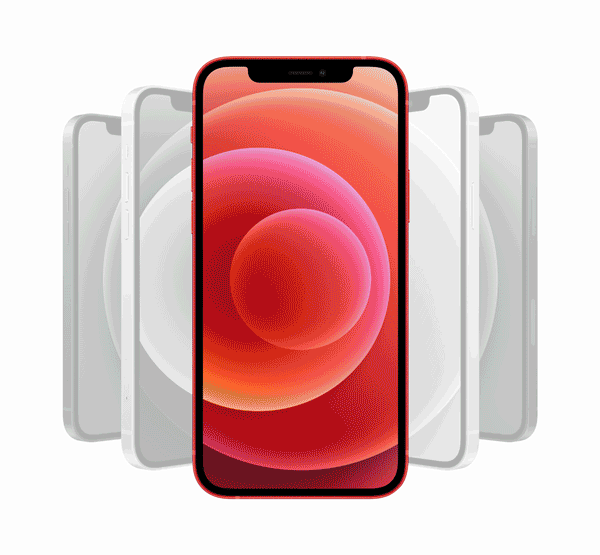
We ran a quick Photoshop experiment to show how the iPhone 12 (red) compares to the iPhone 11 (white). Long-story short, the new phone has smaller bezels, rounder corners, and a slightly smaller notch. But other than that, it’s the same size screen. [Images and Product Dimensions Via Apple]
Ceramic Shield
While tempered glass reusability is good news, it seems that Apple is trying to eliminate screen protectors altogether. That’s because all iPhone 12 series phones include Ceramic Shield- Apple’s new smartphone glass that has been hardened with nano ceramic crystals. And while “newer, stronger glass” is a common feature on flagship products, this particular iteration seems to be different. Apple worked with famed glass manufacturer Corning to develop this new glass front cover- which is said to be four times more resistant to drop damage. As Corning explained to the Verge’s James Vincent, the interlocked structure of the ceramic crystals helps to resist cracks, as well as retain strength after damage has occurred.
While it remains to be seen just how revolutionary this glass is, it is clear that companies are continuing to pursue advancements in glass durability. That’s why it’s important for repair professionals to continue expanding and diversifying their offerings. Broken screens are this industry’s bread and butter right now, but as technology continues to evolve, that may start to change.
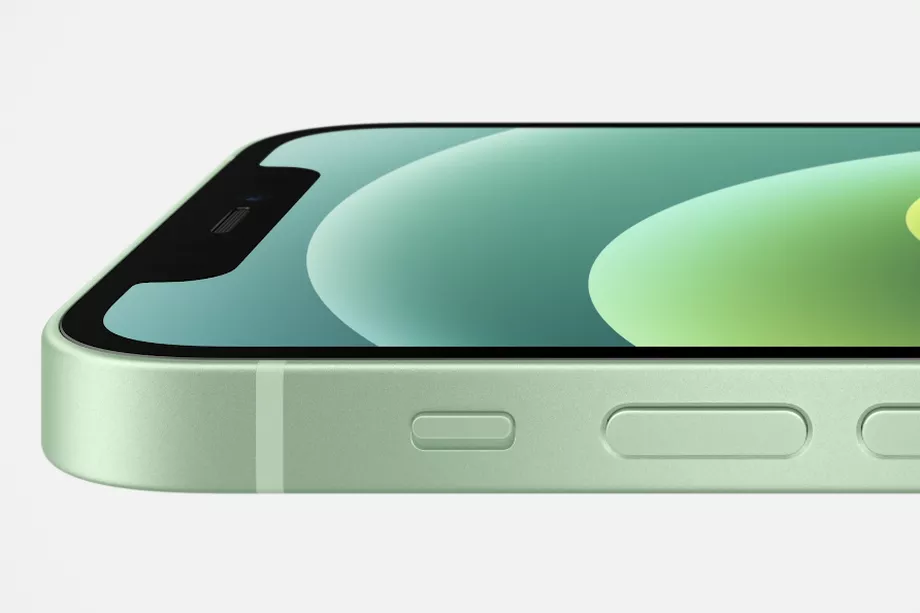
Apple claims that iPhone 12’s Cermic Shield is “tougher than any smartphone glass.” Is this just typical marketing speak? Only time will tell, but as is often heard on JerryRigEverything, “Glass is glass, and glass breaks.” [Image via The Verge]
No EarPods, No Charger
These will be the first iPhones to ship without a charger or headphones included in the box. This is part of Apple’s push to be completely carbon neutral by 2030. And honestly, it makes a lot of sense, considering how many iPhone accessories exist in people's homes. iPhones have been using the Lightning connector since the iPhone 5, so it’s very likely that most of us have compatible cables and chargers lying around. That said, this change presents an opportunity for your business! If your shop sells phones or accessories, make sure to keep these items in stock and don’t forget to upsell them with device purchases. Also, the 12-series models come with a USB-C to Lightning cable included, so make sure the chargers you carry accept USB-C connections.
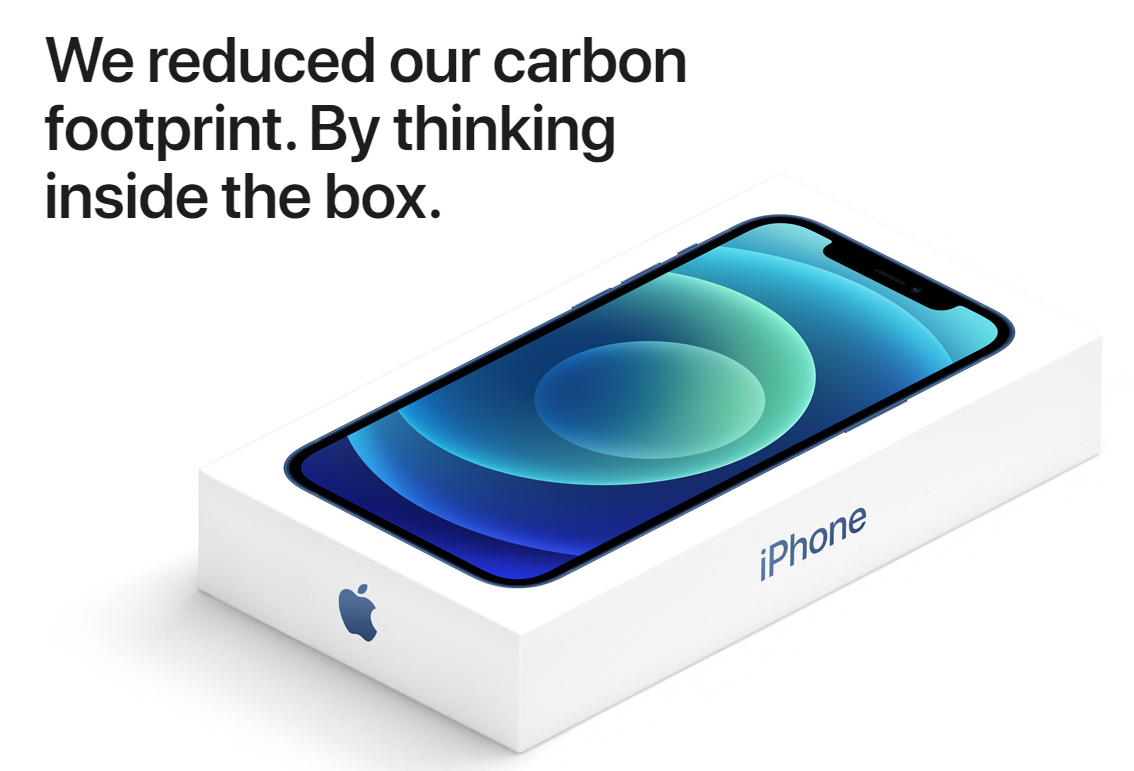
The iPhone 12 box is significantly smaller, thanks to the non-inclusion of EarPods and power adapter- accessories that Apple claims “often go unused.” [Image via Apple]
Anything else we should know?
These are just three things that we feel are most relevant to repair professionals. But that said, you guys are the ones out there doing the work day-to-day. Is there anything that we missed? What are your concerns about this new generation of iPhones? Let us know in the comments and make sure to follow us for more information as it becomes available.


